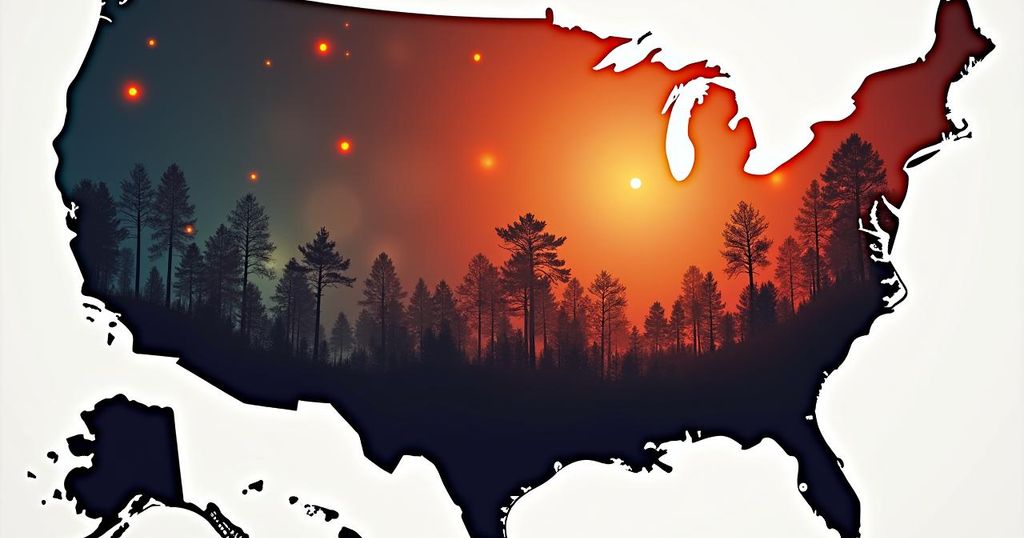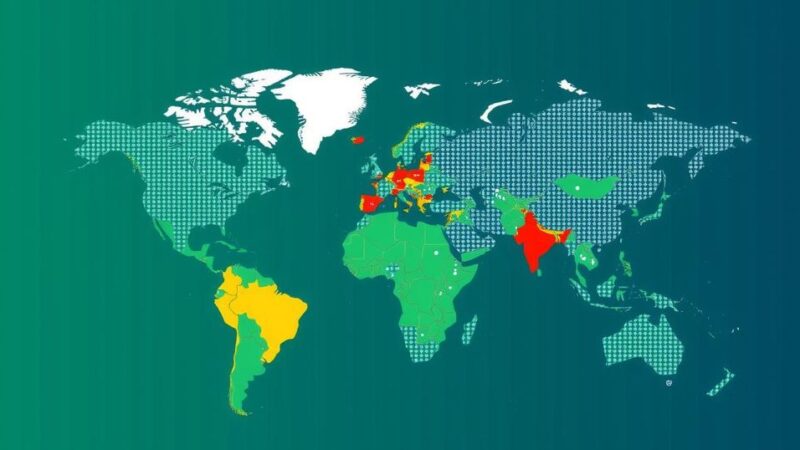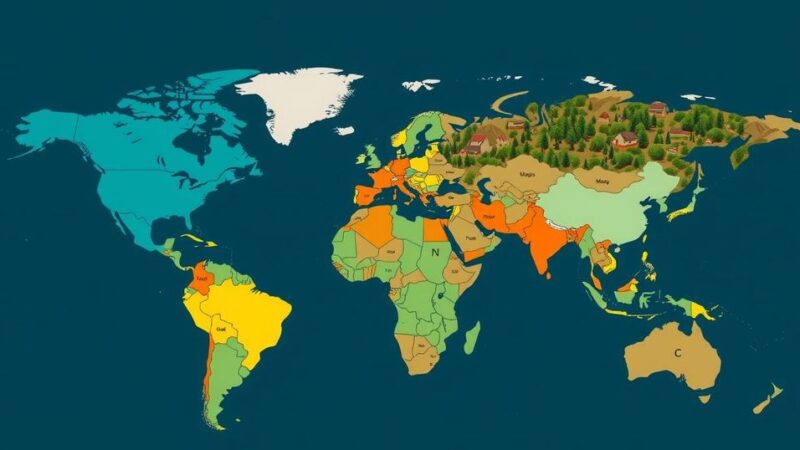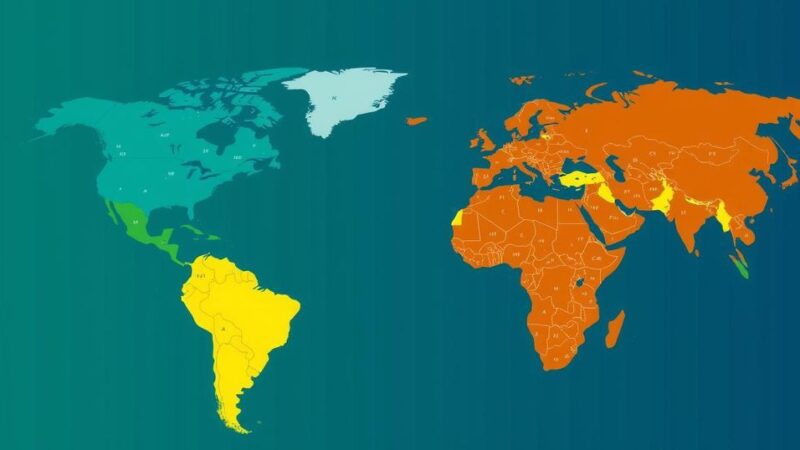Hurricane Helene has highlighted the growing threats of climate change in the United States, causing over 180 deaths and widespread devastation in historically safe regions like Florida and North Carolina. The frequency and financial toll of weather disasters are escalating, with Helene’s damages projected at up to $160 billion, prompting urgent discussions regarding preparedness and resource allocation amidst the changing climate landscape.
In the wake of Hurricane Helene’s catastrophic impact across the eastern United States, the notion that any region in America is immune to climate-related disasters is increasingly challenged. Helene, which recently made landfall in Florida’s Big Bend area—an area historically untouched by hurricanes for decades—resulted in over 180 fatalities and widespread disruptions in community services. This event is emblematic of a troubling trend; areas once considered safe havens from the effects of climate change are now suffering severe weather events with alarming frequency. The intensity of these natural disasters can be attributed to global warming, which escalates atmospheric moisture and energy, thereby driving the severity of storms, floods, droughts, and wildfires. According to Mari Tye, a scientist and civil engineer at the National Center for Atmospheric Research, “Pretty much 50% of the population lives within miles of the sea, more exposed to hurricanes and with an aging infrastructure that is not set for today’s climate.” North Carolina, previously associated with a low incidence of billion-dollar weather disasters, has witnessed a dramatic increase, with an average of six to seven such incidents per year now. Since April 2020, the state has also recorded a substantial population increase, exacerbating the potential for damage during these events. Many residents affected by Helene are facing prolonged outages of power and clean water due to compromised infrastructure. The rising financial toll from natural disasters is shifting dramatically. Economic assessments in the aftermath of such events are complex, as they encompass immediate physical damages to homes and infrastructure alongside long-term economic impacts. Chuck Watson from Enki Research notes that the costs associated with hurricanes are soaring, with Helene expected to incur up to $160 billion in damages across several states. Texas remains particularly susceptible to extreme weather, having logged 186 weather disasters costing over $1 billion since 1980—a statistic that underscores its vulnerability. In 2023 alone, Texas faced multiple severe weather events, including the largest wildfire in the state’s history and destructive tropical storms. The increasing intensity and frequency of storms like Hurricane Helene are further substantiated by scientific observations. Deborah Brosnan, a climate scientist, states, “On average, the atmosphere holds 7% more moisture with each degree of warming.” This phenomenon implies that hurricanes, such as Helene, are now extracting more energy from warmer oceans, resulting in prolonged destruction even after landfall. Moreover, as drought-ridden regions become even drier, the risk of wildfires escalates, as evidenced by California’s record-breaking wildfires. Heat waves are also worsening, creating additional strains on agriculture, utility services, ecosystems, and public health.
The article emphasizes the escalating threat of climate change as manifested through increasingly frequent and severe weather events across the United States. With rising global temperatures primarily driven by carbon emissions, the atmosphere is becoming capable of holding more moisture, intensifying storms and other weather-related disasters. The article illustrates how regions historically perceived as safe are increasingly falling victim to harsh climate-related impacts, ultimately affecting millions of resides and overwhelming local infrastructures. Furthermore, the financial implications of such disasters are becoming unprecedentedly high, as both property values and population densities increase in vulnerable regions.
The pervasive influence of climate change on the frequency and severity of natural disasters in the United States is undeniable. As demonstrated by Hurricane Helene, no region is truly exempt from the threats posed by extreme weather, and the cost of such disasters is escalating rapidly. A comprehensive dialogue addressing the implications of climate change on community preparedness and resilience is essential as we grapple with these realities. As communities face unprecedented challenges in adapting to worsening conditions, collaborative efforts between state and federal governments will be crucial in mobilizing resources and support for those affected by these increasingly common catastrophes.
Original Source: www.bnnbloomberg.ca






